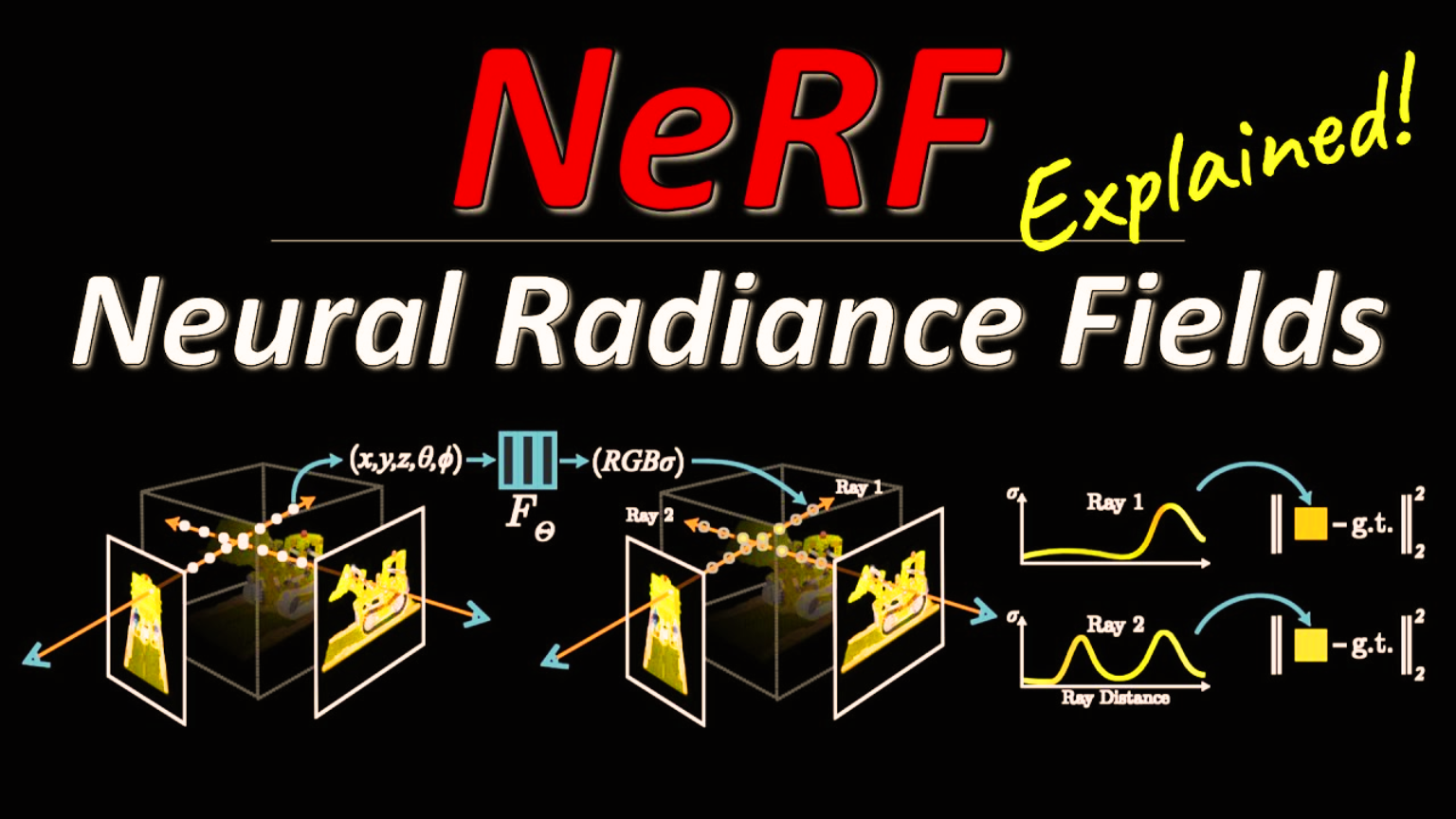Cutting-edge algorithm is only half the battle won; the key lies in the application. Crafting robust machine learning applications demands more than just technical prowess—it requires a diligent adherence to best practices. As we navigate 2023, it’s essential to not just keep up, but to be at the forefront of these evolving standards.
In this blog post, I present a comprehensive guide delineating the gold standards for ML applications. Whether you’re an old hand or charting new territories, this guide promises invaluable insights.
CES Robotics | Where are they now?
What are the Best Practices in Machine Learning?
The journey from raw data to valuable insights is meticulous but requires an understanding of the basic building blocks of ML. Therefore, before we delve into the best practices, let’s take a moment to understand the basics. Below are the five basic steps used to perform a machine learning task.

Data Collection: The process begins with the accumulation of a vast amount of high-quality, relevant data. These data sets serve as the basis for training and testing the machine learning models.
Data Preparation: Data is then cleaned, preprocessed, and transformed into a format that can be utilized effectively by the ML models. This step often involves handling missing or outlier data, feature scaling, and feature extraction.
Model Selection: Here, the appropriate ML algorithm or model is chosen based on the problem at hand. However, it also involves the quality and nature of the data and the desired output.
Training and Validation: The chosen model is trained with the prepared data. The trained model is then validated against a validation dataset to tune the model’s parameters.
Evaluation and Deployment: Finally, the trained model is evaluated using a test data set. And upon reaching satisfactory performance levels, the model is deployed to solve real-world problems.
Now let’s pivot to the best practices that can lead to a successful machine-learning application.
AI documentary: The dangers of artificial intelligence | AI Ethics
Abiding by the ’10 Times Rule’ in Machine Learning
The ’10 times rule’ in machine learning is a widely accepted rule of thumb. It suggests that the number of instances (rows) in your dataset should be 10 times the number of features (columns). This practice helps in avoiding overfitting and aids in making accurate predictions. Nonetheless, the ’10 times rule’ should be taken as a guideline rather than a rigid boundary. Therefore, considerations should be made based on the complexity of the model and the nature of the task.
Ensuring Quality and Diversity in Data
Quality and diversity in data form the bedrock of any successful ML application. Noisy, incomplete, and unrepresentative data can lead to inaccurate and biased results. Emphasize the collection of high-quality, diverse data that represents all aspects of the problem space.
Validation Strategy and Cross-Validation
Validation strategy plays a crucial role in the model selection process. It’s essential to have a robust validation strategy to assess the performance of the ML model. One such strategy is k-fold cross-validation, which ensures the model’s performance. It ensures that performance is not dependent on a specific partitioning of the data.
Regularization and Hyperparameter Tuning
Regularization techniques prevent overfitting by imposing penalties on the complexity of the model. The choice of regularization parameter is often made via hyperparameter tuning. This is a process that involves selecting the set of optimal hyperparameters for a learning algorithm.
Machine Learning Code Best Practices
Properly documented and modularized code is a hallmark of successful machine learning applications. Clear, reusable, and version-controlled code helps in maintaining the project and troubleshooting issues. But its biggest role is in improving the model’s performance over time. Employing coding practices can significantly enhance the quality and readability of your ML code. Best practices include peer reviews, consistent naming conventions, and adhering to PEP-8 guidelines for Python.
Deep Learning Best Practices
Deep learning, a subset of machine learning, requires its own set of best practices. These may include the use of appropriate activation functions and proper initialization of weights. Additionally, batch normalization and the use of dropout layers for regularization are recommended. Furthermore, leveraging transfer learning can accelerate the training process and enhance model performance. This is where pre-trained models are used as the starting point.
Evaluation Metrics
The selection of appropriate evaluation metrics for the ML model is paramount. These metrics should align with the business objectives and provide meaningful insights into the model’s performance. Common metrics include accuracy, precision, recall, F1 score for classification problems, and mean absolute error. Some other metrics are root mean squared errors for regression problems.
Emphasizing Explainability and Ethics

Finally, a successful machine-learning application must prioritize explainability and ethical considerations. Models should be interpretable, transparent, and fair, with mechanisms to identify and mitigate bias. Furthermore, respecting user privacy and using data responsibly should be at the forefront of every ML application.
Conclusion
To summarize, the best practices for machine learning applications are an amalgamation of meticulous data handling, effective model selection and tuning, good coding practices, careful performance evaluation, and an ethical and responsible approach. Embracing these practices not only maximizes the potential of ML applications but also paves the way for responsible and impactful AI.
FAQs
What is the ’10 times rule’ in machine learning?
What are the five basic steps to perform a machine learning task?
Data Collection: Gathering a vast amount of high-quality, relevant data.
Data Preparation: Cleaning, preprocessing, and transforming the data into a suitable format.
Model Selection: Choosing the appropriate ML algorithm or model based on the data and the problem at hand.
Training and Validation: Training the chosen model and validating it against a validation dataset to fine-tune parameters.
Evaluation and Deployment: Evaluating the trained model using a test data set and deploying it for real-world applications upon reaching satisfactory performance levels.

















